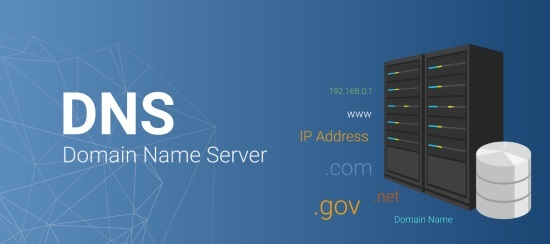5 Ways to Use Reverse IP Lookup Tools to Generate New Clients

There are more than three billion people around the world accessing the internet each day. Many of these internet users are looking for specific products and services. And within this growing pool of internet shoppers are potential customers looking for what you are specifically offering.
How do you tap into this great pool of prospective clients? The trick is in devising ways to market your products and services to the people who are most likely to want or need them. Smart online businesses use server-based web analytics tools that allow them to examine their traffic and identify the buying trends and patterns of their customers. One of the increasingly popular analytics tools is the reverse DNS system.
What is Meant by DNS?
DNS stands for the domain name system, an online record system that converts alphanumeric domain names into digital internet protocols better known as IP addresses. When you enter the domain name lasvegas.com into a web browser, for example, the DNS system would look up the IP address assigned to the domain name and take the user to that specific location. The system was established because it's much easier to remember a domain name like lasvegas.com than it is to remember the series of numbers that make up its IP address.

Reverse DNS lookup systems use the same approach but work in the opposite direction. The tools can take the numerical data linked to a given IP address and look up the alphabetic domain name that is assigned to it. The process gives business owners the ability to extract big volumes of information from digital records.
What Can Reverse IP Lookup Services do for Your Business?
Good reverse DNS lookup tools like Reverse IP API allows online business owners to analyze their virtual guests. The benefits of such analysis include, but are not limited to, the following:
1. The Ability to Identify Visitor Behaviors and Patterns
Using reverse IP lookup tools gives the owner access to information about what their guests do and where they go on their business website. And since most websites are comprised of many different pages and products or services, that sort of information is invaluable. You can find out which particular pages are visited the most and how long visitors are staying on those pages. Armed with that sort of data, website owners can direct targeted traffic to the more popular pages. They can also identify pages not performing quite as well and improve them.
2. Learn Which Businesses Visit Your Website
One way you generate new clients is by using your reverse DNS lookup tool to trace visitors by their IP addresses to their sources. Sometimes you will be surprised at who your visitors turn out to be, but still some of them are individuals and companies interested in your products and services. With that knowledge, you could market them specifically.

3. Find out Where Your Visitors Are Coming From
You can use reverse lookup tools to find the locations of your visitors. The ability to market to specific geographic locations can help you fine-tune your marketing efforts with great results.
4. Find and Weigh Backlinks
Certain backlinks have quite a bit of value to our marketing efforts. Knowing the value of backlinks give you an opportunity to attract new traffic and generate new clients. The backlinks will always be of different importance but you'll have the information you need to discern which are boosting your business and work specifically with them.
5. Find New Sales Leads
The information provided by reverse lookup tools can help you identify those who are new to your business. Armed with that knowledge, you can directly market to these new customers with greater results.
The Sky Is the Limit
That was only a sampling of the benefits brought to businesses using reverse DNS services. Those who learn and acclimate themselves with these tools and the vast amount of data they offer are to gain a lot. When they use that data in their marketing and SEO efforts, they will enjoy increased visibility in search engines, audience growth, and an improved conversion rate.



































